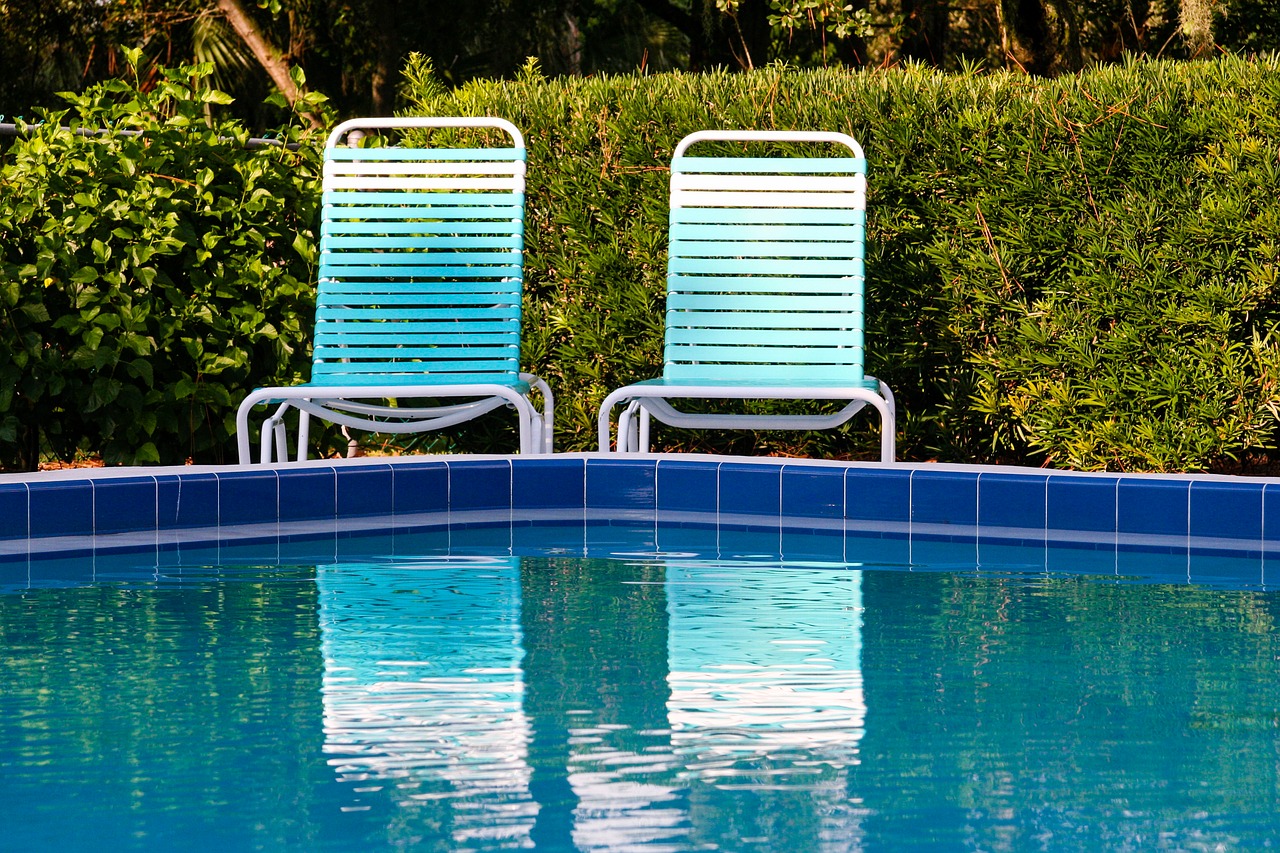 The end of the summer brings many responsibilities for homeowners. In addition to cleaning the gutters, replacing air filters, and stowing their patio umbrellas and other outdoor furniture for winter, pool owners must take the necessary steps to properly close their pool to prevent damage during the winter. Ideally, you want to close your pool when the temperature drops and stays below 65 degrees Fahrenheit. Follow this simple checklist to make sure that you close your pool properly.
The end of the summer brings many responsibilities for homeowners. In addition to cleaning the gutters, replacing air filters, and stowing their patio umbrellas and other outdoor furniture for winter, pool owners must take the necessary steps to properly close their pool to prevent damage during the winter. Ideally, you want to close your pool when the temperature drops and stays below 65 degrees Fahrenheit. Follow this simple checklist to make sure that you close your pool properly.
Clean and Prepare
- Scrub the walls and floors of the pool with a pool brush to remove dirt and algae.
- Use a pool vacuum to suck up any dirt and debris that may be left.
- Collect twigs, bugs, and leaves that have accumulated on and below the surface of the pool with a pool skimmer.
- Remove and clean removable ladders, baskets, filters, hoses, pumps, and heaters.
- Drain the water from automatic pool cleaners.
- Drain and dry the lines that carry water to your pool and seal them with rubber plugs to prevent water from reversing back into the lines.
- Lower the pool’s water level with a submersible sump pump to below the tile border or bottom edge of the skimmer to prevent freezing damage.
- Consider placing a cover on your diving board to prevent staining or damage to the board.
Chemicals
- Test your water to ensure that the pH, alkalinity, and calcium level are within the ideal targets. Aim for a pH of 7.2 to 7.6, an alkalinity of 80 to 120 ppm, and a calcium hardness of 180 to 220 ppm.
- Shock the pool with a shock treatment containing at least 65 percent sodium hypochlorite, which differs from your standard shock treatment. Combine the shock granules with water in a bucket and allow the granules to dissolve before adding the contents of the bucket to the pool.
- Add an algaecide to the water to kill existing algae in the pool and to prevent more algae from forming. Make sure that the pool’s chlorine level is between 1 and 3 ppm before introducing the algaecide to the pool.
- Place a pool winterizing enzyme capsule into your pool to preserve the water chemistry.
Cover
- Choose a pool cover that fits properly and does not leave any gaps open to the elements.
- Place air pillows in the center of the pool to help absorb pressure from ice buildup and protect the walls of the pool. Ensure that the air pillows are tied in place to prevent them from floating around the pool.
- Tie down the pool cover or use water bags, blocks, or other heavy objects to keep the cover in place and sealed as tightly as possible.
- Use a leaf net over your winter cover if your yard gets a lot of leaves. This can help minimize the mess come spring.
- Periodically check on the cover to ensure that it remains securely in place and that no gaps have developed. Make any modifications before winter if needed.
